Fiddle Leaf Fig Care: The Ultimate Guide to Keeping Your Ficus lyrata Thriving
Are you struggling to keep your Fiddle Leaf Fig looking lush and healthy? You’re not alone.
These dramatic, statement-making plants can be notoriously finicky, but with the right knowledge, you can transform your Ficus lyrata into an indoor showstopper.
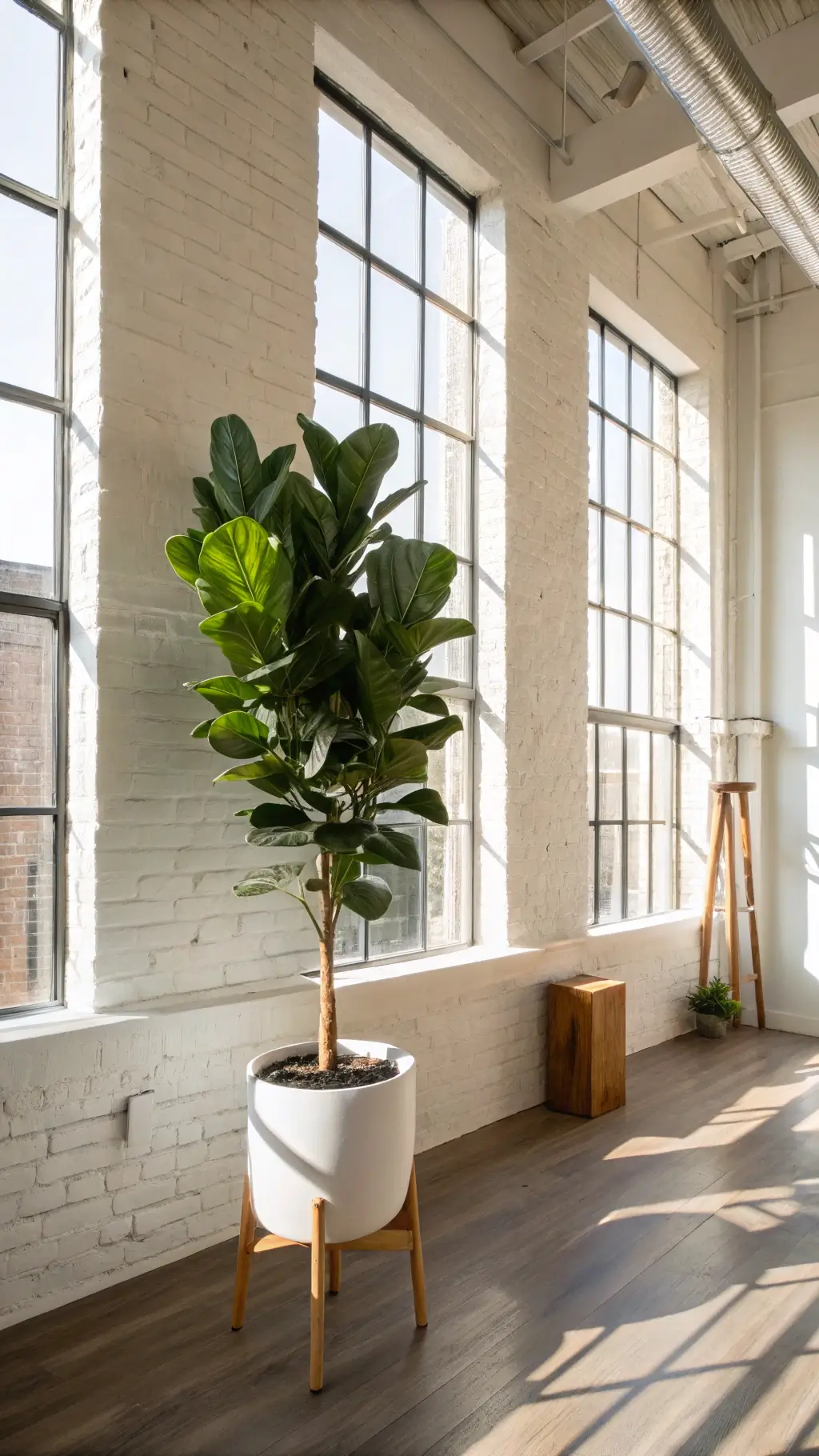
Understanding Your Fiddle Leaf Fig: The Basics
Let’s break down everything you need to know about nurturing this stunning plant from root to leaf.
The Perfect Light: Bright and Indirect is Key
Your Fiddle Leaf Fig is a light diva and loves:
- Bright, indirect sunlight – think near a window, but not scorched
- Morning sun exposure is ideal
- Avoid harsh afternoon sunlight which can burn those beautiful leaves
Pro Tip: Place your plant within 3-4 feet of an east or north-facing window for optimal light conditions.
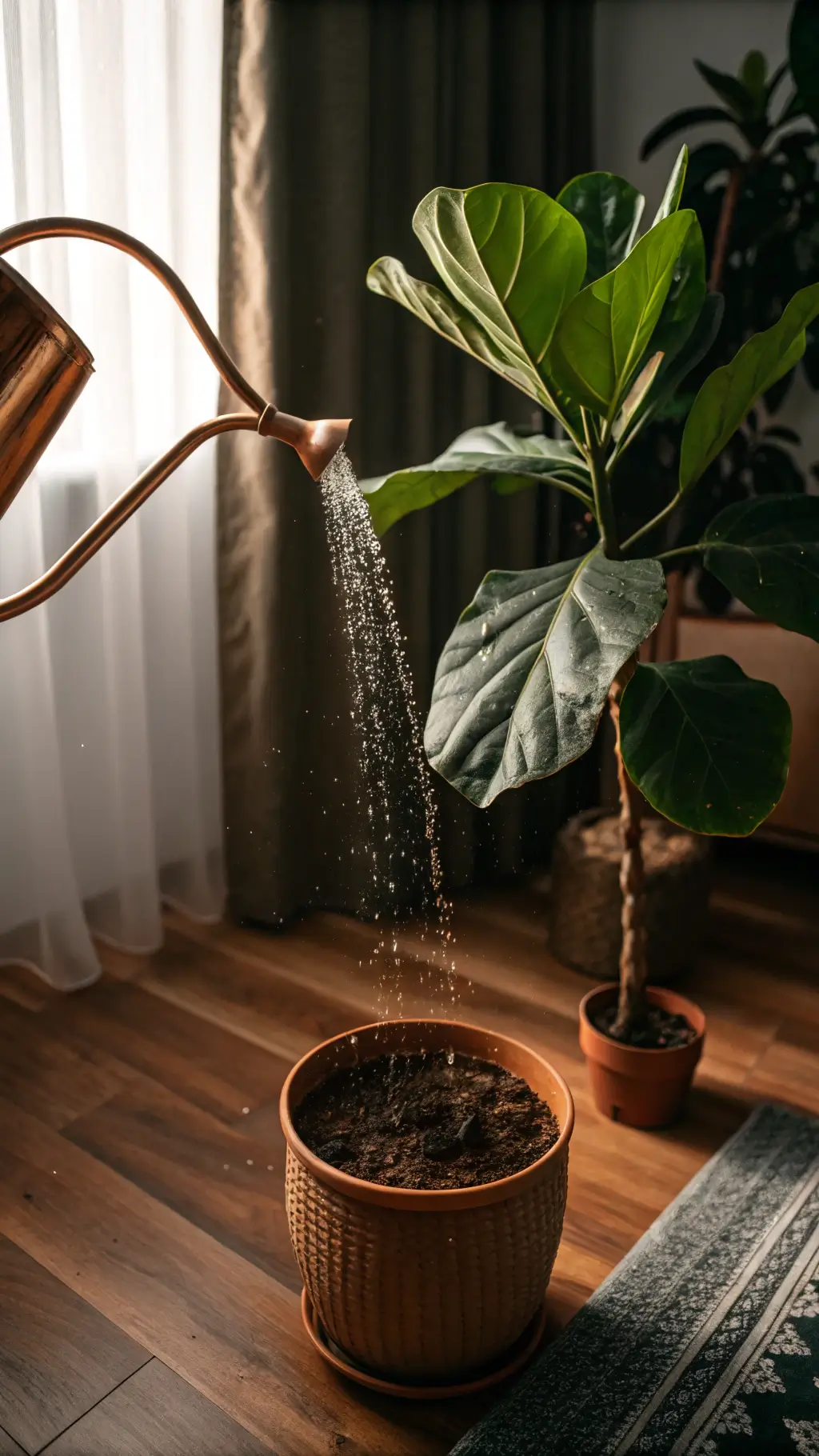
Watering: The Make-or-Break Skill
Watering is where most plant parents go wrong. Here’s the golden rule:
Moisture Matters Checklist:
- Water once a week
- Check soil moisture by sticking your finger 2-3 inches deep
- Water slowly and evenly until drainage occurs
- Never let your plant sit in standing water
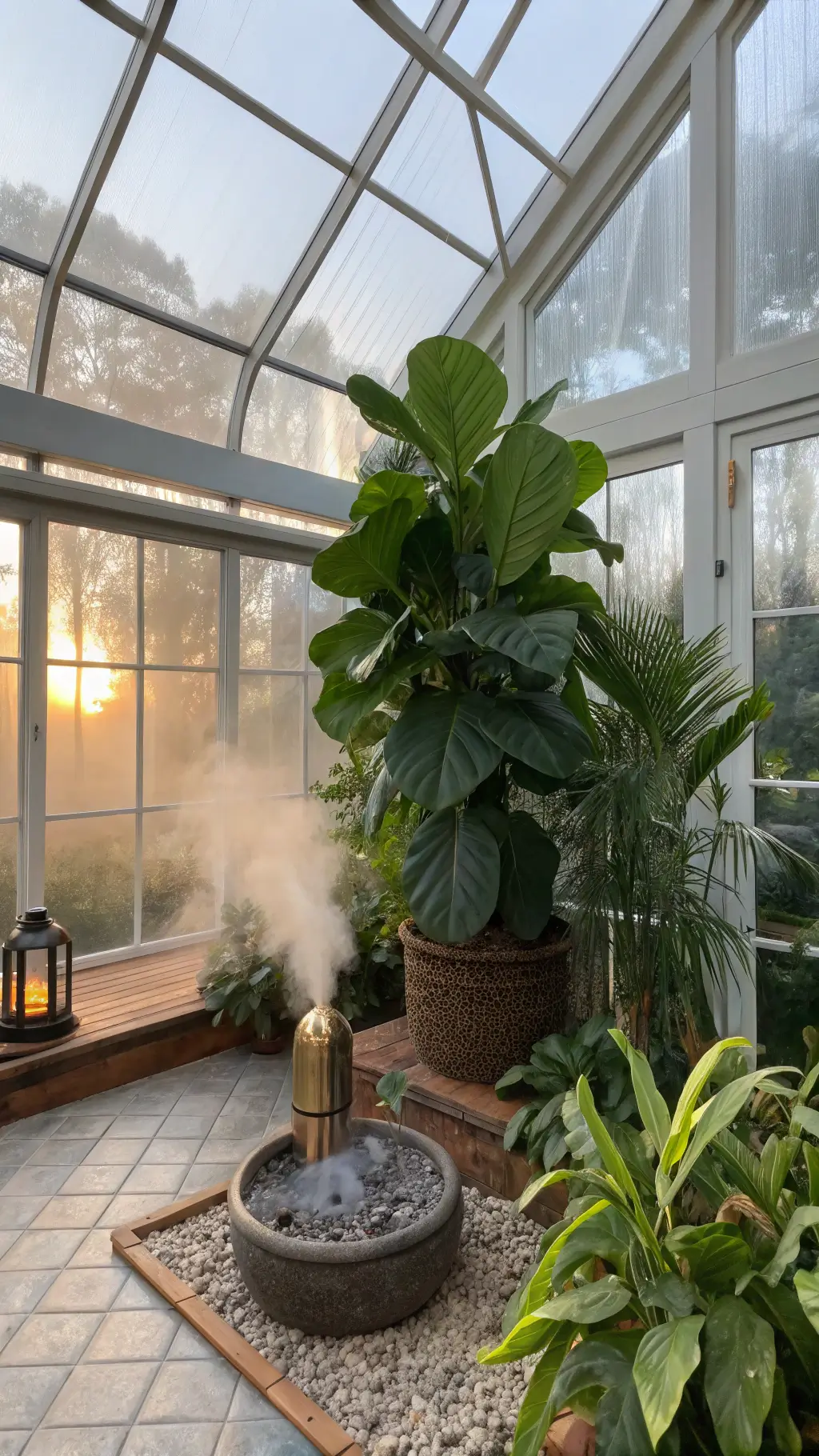
Humidity: Creating a Tropical Paradise
Fiddle Leaf Figs are tropical babies who crave moisture:
- Aim for 50-60% humidity
- Use a spray bottle to mist leaves weekly
- Consider a nearby humidifier
- Place on a pebble tray with water
Temperature Sweet Spot
Keep your plant comfortable:
- Ideal range: 65-85°F (18-30°C)
- Avoid cold drafts
- Keep away from direct AC or heating vents
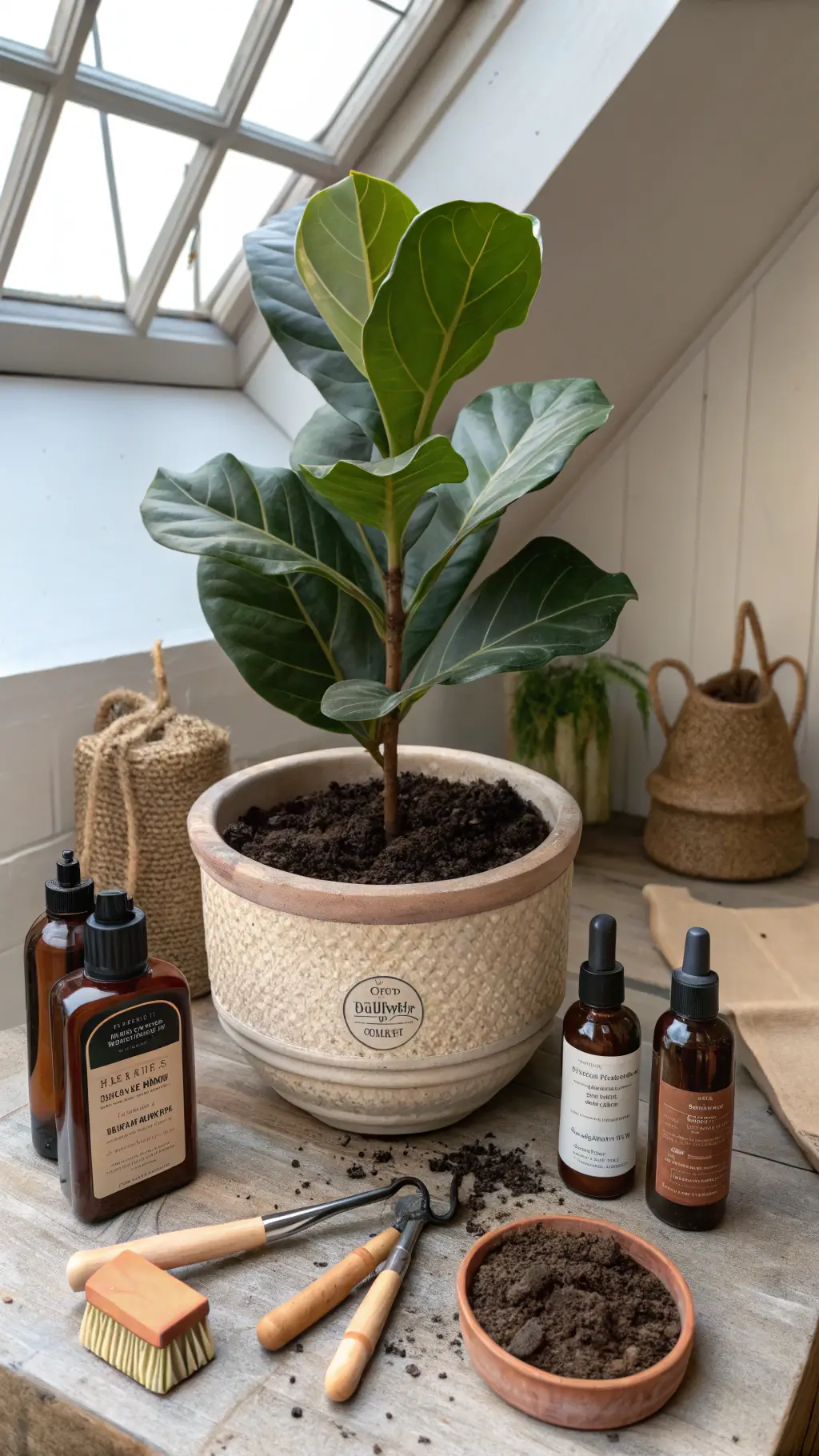
Soil and Nutrition: The Foundation of Health
Soil Requirements:
- Well-draining potting mix
- Rich in organic matter
- Slightly acidic (pH 6.0-6.5)
Fertilization Schedule:
- Monthly during growing season
- Use balanced liquid fertilizer
- Stop fertilizing in winter
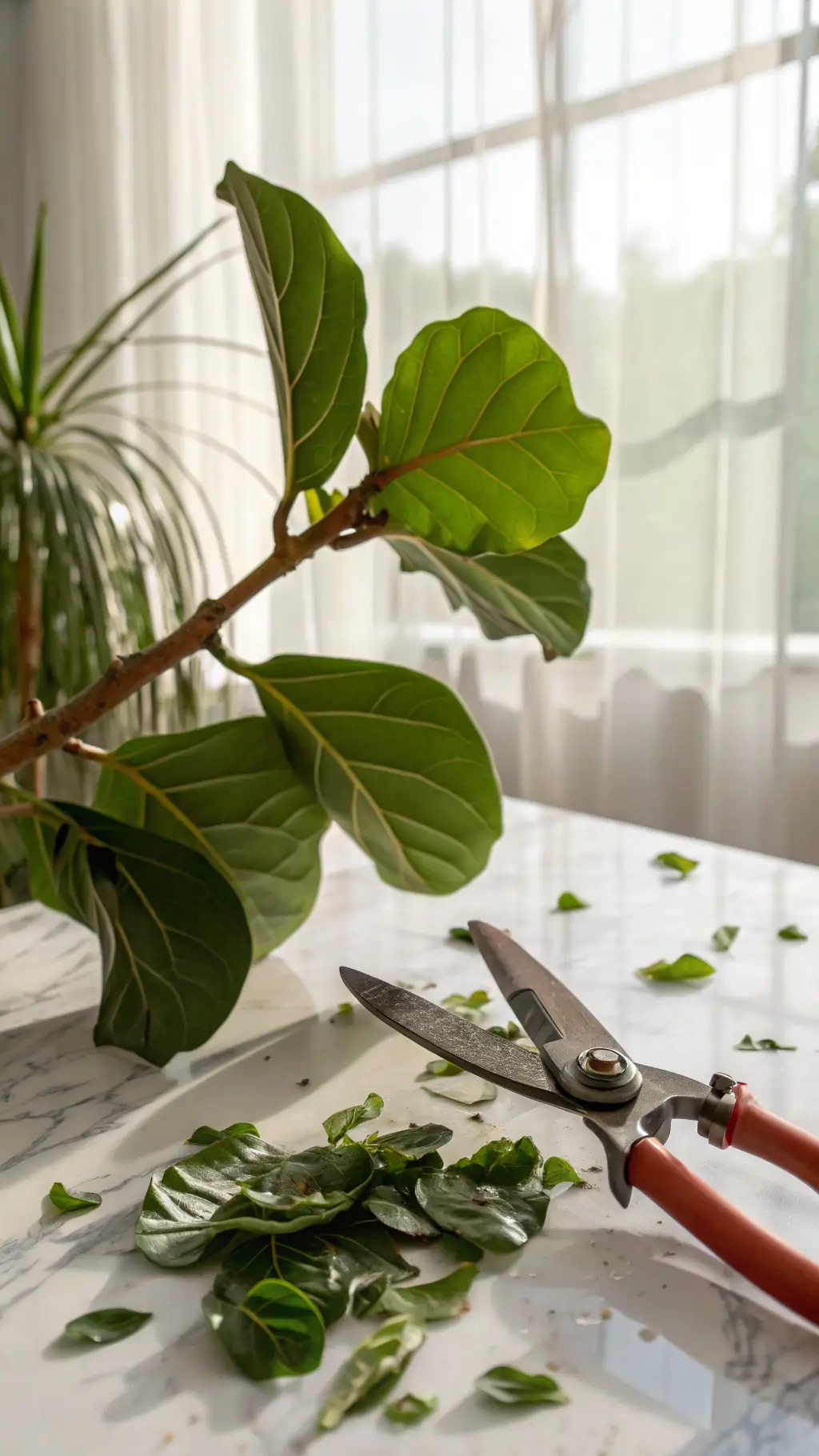
Pruning and Maintenance: Keeping Your Plant Gorgeous
Pruning Tips:
- Best done in spring
- Remove dead or damaged leaves
- Encourage branching by strategic cutting
- Clean leaves monthly with a damp cloth
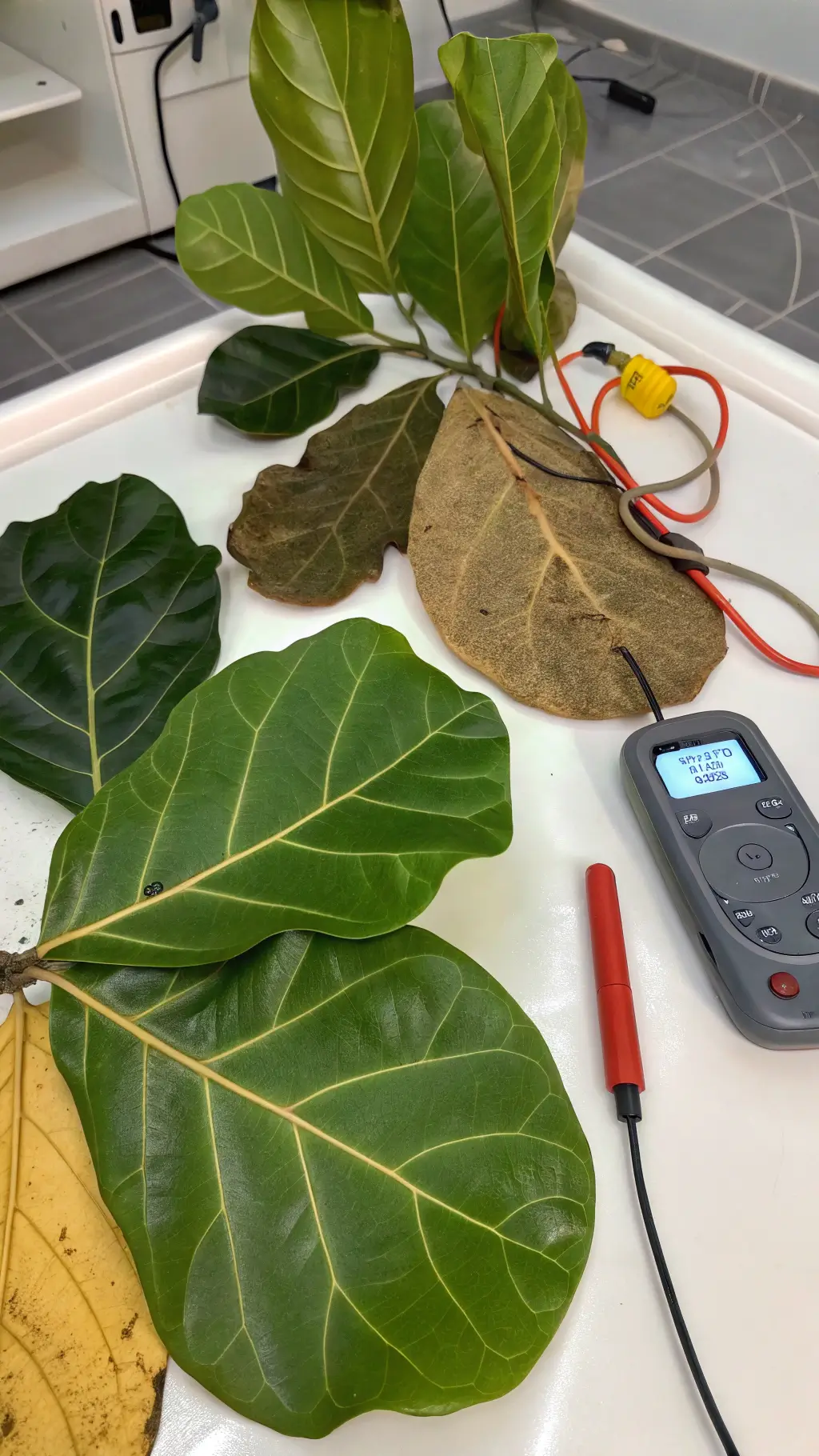
Troubleshooting Common Issues
Red Flags to Watch:
- Leaf drop: Usually indicates stress
- Brown spots: Potential overwatering
- Yellowing leaves: Possible nutrient deficiency
Expert Survival Tips
- Be patient during environment changes
- Minimal movement is best
- Consistent care trumps occasional intense attention
Final Thoughts
Fiddle Leaf Figs aren’t just plants – they’re living art pieces that transform your space.
With patience, attention, and this guide, you’ll create a thriving, stunning indoor tree that becomes the centerpiece of any room.
Remember: Every plant is unique. Observe, adapt, and enjoy the journey!
